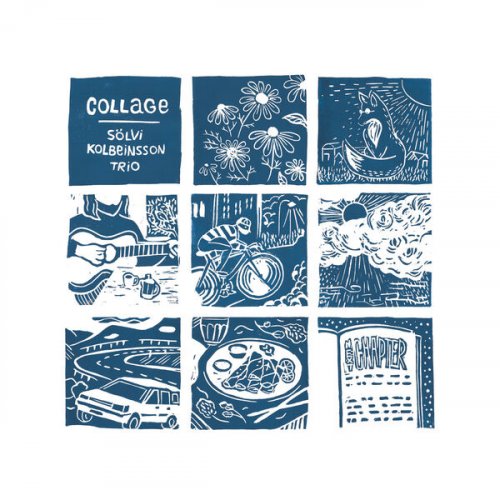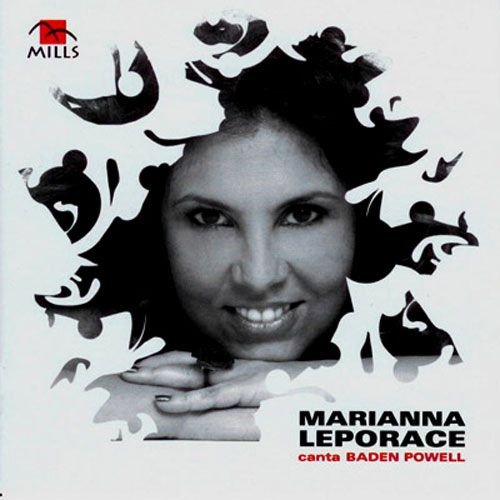Domkantorei St. Pölten & Otto Kargl - J.S. Bach: Choral Sacred Works (Live) (2017)
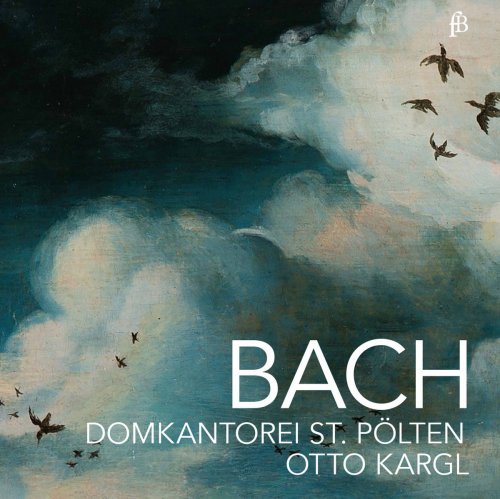
Artist: Domkantorei St. Pölten, Otto Kargl
Title: J.S. Bach: Choral Sacred Works (Live)
Year Of Release: 2017
Label: Fra Bernardo
Genre: Classical
Quality: flac lossless +booklet
Total Time: 01:07:40
Total Size: 329 mb
WebSite: Album Preview
TracklistTitle: J.S. Bach: Choral Sacred Works (Live)
Year Of Release: 2017
Label: Fra Bernardo
Genre: Classical
Quality: flac lossless +booklet
Total Time: 01:07:40
Total Size: 329 mb
WebSite: Album Preview
---------
01. Passacaglia & Fugue in C Minor, BWV 582: Passacaglia (Live)
02. Mass in G Minor, BWV 235: I. Kyrie (Live)
03. Mass in G Minor, BWV 235: II. Gloria (Live)
04. Mass in G Minor, BWV 235: III. Gratias (Live)
05. Mass in G Minor, BWV 235: IV. Domine Fili (Live)
06. Mass in G Minor, BWV 235: V. Qui tollis (Live)
07. Mass in G Minor, BWV 235: VI. Cum Sancto Spiritu (Live)
08. 18 Chorales "Leipziger Chorale": Schmücke dich, o liebe Seele, BWV 654 (Live)
09. Christ lag in Todes Banden, BWV 4: Sinfonia (Live)
10. Christ lag in Todes Banden, BWV 4: Versus 1, Christ lag in Todes Banden (Live)
11. Christ lag in Todes Banden, BWV 4: Versus 2, Den Tod niemand zwingen kunnt (Live)
12. Christ lag in Todes Banden, BWV 4: Versus 3, Jesus Christus, Gottes Sohn (Live)
13. Christ lag in Todes Banden, BWV 4: Versus 4, Es war ein wunderlicher Krieg (Live)
14. Christ lag in Todes Banden, BWV 4: Versus 5, Hier ist das rechte Osterlamm (Live)
15. Christ lag in Todes Banden, BWV 4: Versus 6, So feiern wir das hohe Fest (Live)
16. Christ lag in Todes Banden, BWV 4: Versus 7, Wir essen und leben wohl (Live)
On taking up his controversial appointment as cantor of St. Thomas’s in Leipzig in May 1723 – he was after all only third choice – Johann Sebastian Bach was well aware of the expectation that he should provide something new; not only fresh compositions, but also modern in style, instrumentation and indeed renewing the whole performance apparatus. This resulted in the Magnificat in E flat BWV 243a, performed at the Feast of the Visitation on 2nd July 1723 and repeated with its well-known interpolations at Christmas of the same year. Even though the newly-appointed cantor had employed «modern» recorders and oboes in the instrumentation of the cantata «Gott ist mein König» written for the inauguration of a new town council in Mühlhausen some fifteen years previously, problems arising from the differing pitches of these instruments was still an issue in the modern trade fair city of Leipzig. These differing pitches probably account for his writing a Magnificat with trumpets in E flat.
We also find proof of variously pitched instruments in the cantata «Christ lag in Todes Banden», a work first performed in Leipzig in 1724.

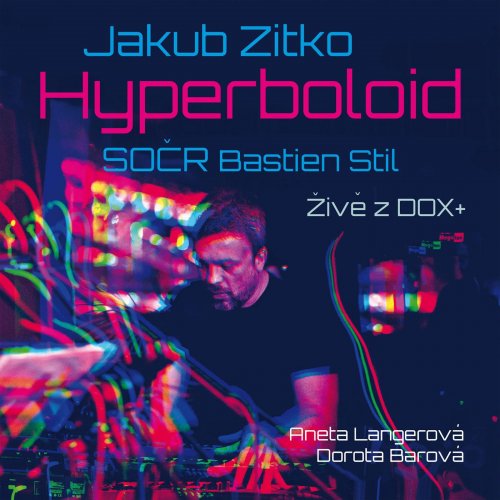
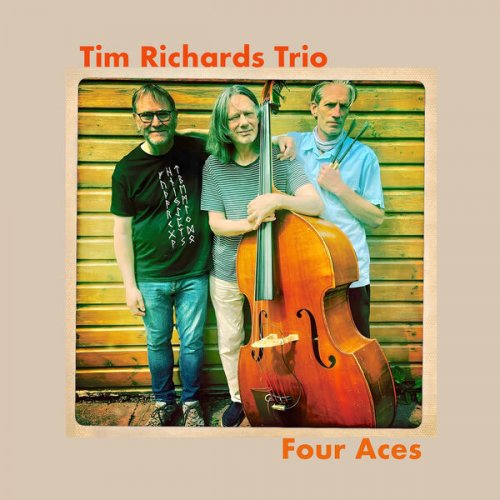
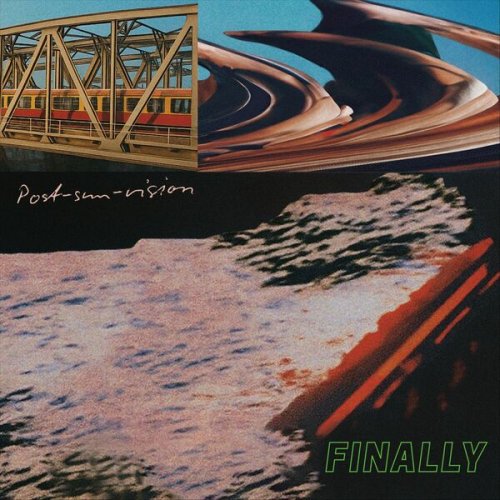
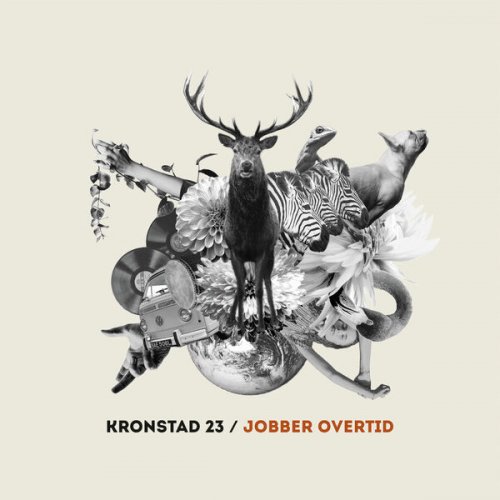
![Marju Kuut - Marju Kuut: Üksi, kuid vabana (2025) [Hi-Res] Marju Kuut - Marju Kuut: Üksi, kuid vabana (2025) [Hi-Res]](https://www.dibpic.com/uploads/posts/2025-12/1765641100_cover.jpg)
